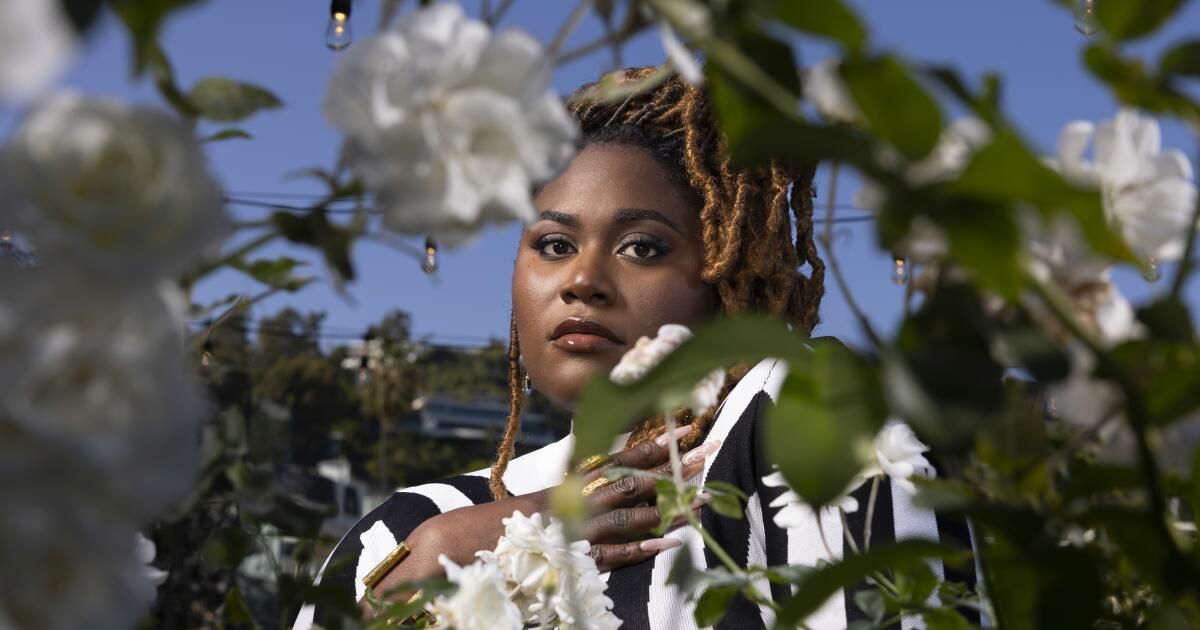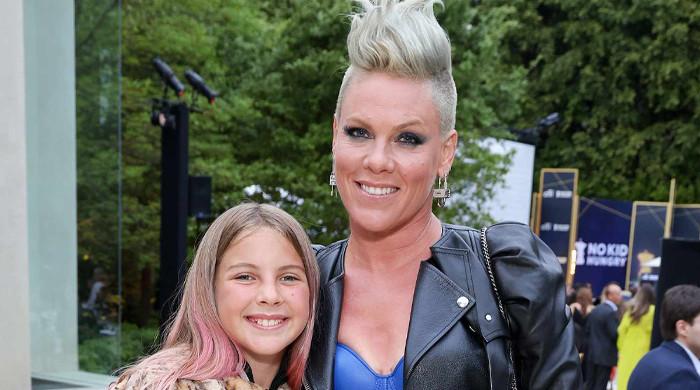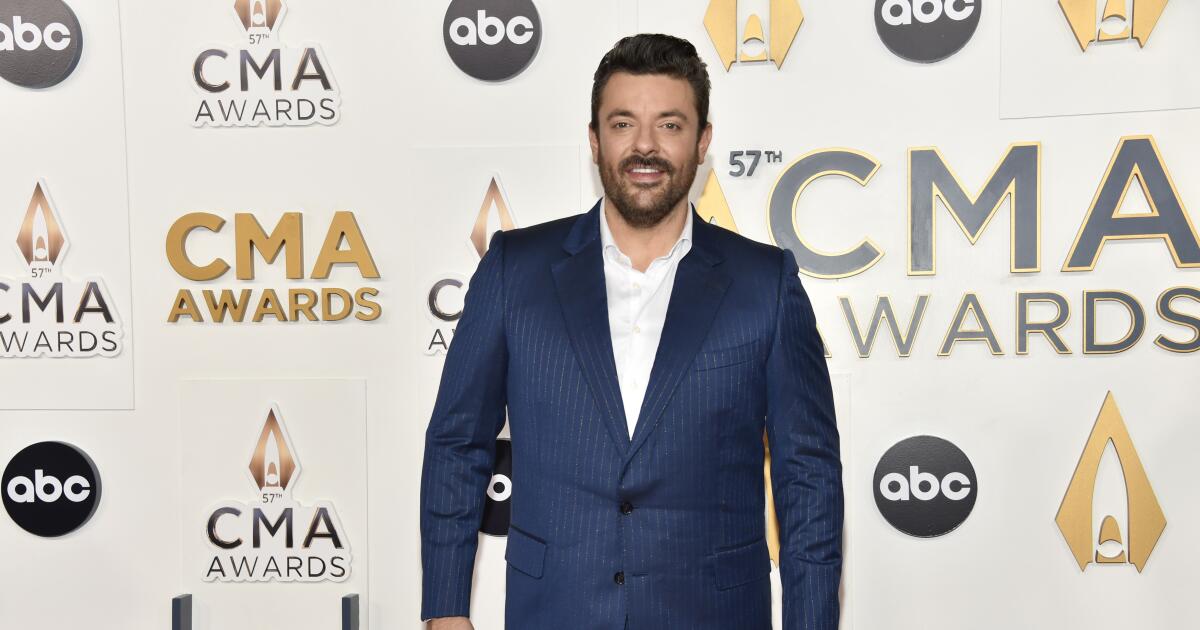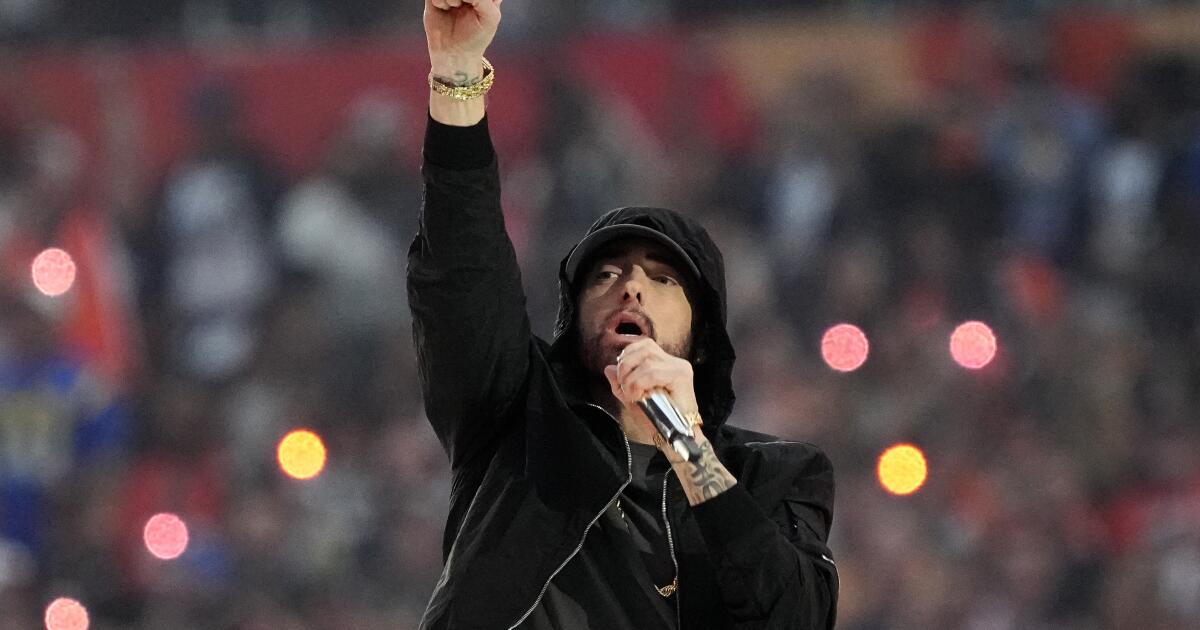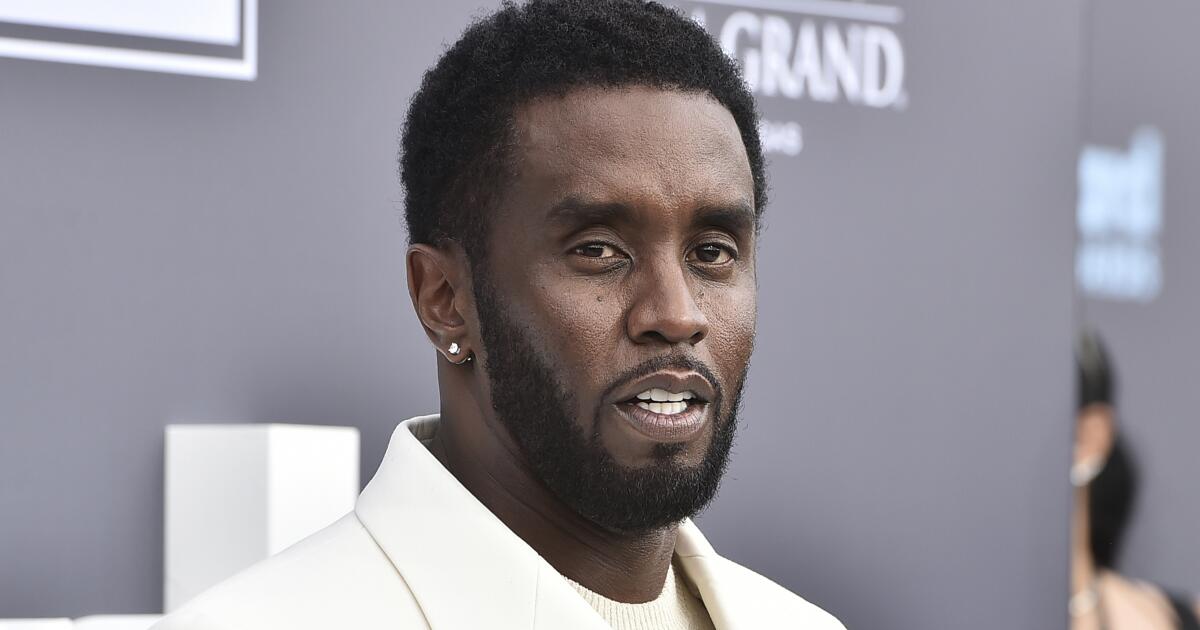Danielle Brooks assumed that her performance as the Tony-nominated and Grammy-winning actress The tenacious and outspoken Sofia Butler in the Broadway revival of “The Color Purple” could make her an obvious favorite when director Blitz Bazawule begins casting the big-screen adaptation of the musical version of Alice's Pulitzer Prize-winning novel Walker. . Instead, she engaged in a half-year audition process that included Zoom meetings, a self-recording of her belting out the spectacular “Hell No!” of Sofía, chemical readings and agonizingly prolonged silences of the production.
“It's called eliminating the ego, that's what it's called,” Brooks says of the experience. “I thought, 'This is going to be a journey, and it might be a long one.'” Now that there are nominations for the Golden Globe and the Critics Choice for supporting actress, there is more and more talk about Brooks' chances of winning the Oscar and how every time her Sofia enters the scene, she expresses what she thinks or shows his enveloping smile, he becomes the absolute center of the scene.
Not many actors get the opportunity to act in different mediums with the same role. Talk about going from commanding a black movie theater to achieving goals on a film set.
When we made the John Doyle production in 2015, we had nothing. Wooden chairs on a stage. And that was really fun, because that's what you do in school. You realized. Can you imagine that the public goes on a journey with [you] Every night, Sofia is actually holding a baby, or a mob of white men attacks her. But when you can actually do it on the ground of a real plantation in Georgia, surrounded by trees and imagining, “How many women or men were hung from those trees?” To actually have a 10-pound baby in my hand that I have to take care of, to have 10, 15 men coming at me? Now I can use all my senses, feel the warm Georgia sun on my skin, let [the character] Harpo on a real wagon, not just to walk backstage. That changes the game.
“This makes a lot of sense why I love theater so much,” Danielle Brooks says of growing up in the church.
(Images from Warner Bros.)
Between Broadway and the movie, you had your first daughter, Freeya. Did that give you a new vision of Sofía?
It opened up another whole hole for me. Sofia had six children. And give of your body so many times? I only did it once and I know the fear. I had an emergency c-section. At one point, there were like 10 doctors running to tell me that she had gone flat. Then think about what this woman went through giving birth six times, the sacrifice and the love she has for her children. And not only did I have a son, but I got married. So, knowing what it's like to be in a committed relationship adds up. With Sofia and Harpo, all they want is to break generational curses, to really change what it's like to have to live by gender norms. And that's what I strive to do with my marriage.
In 2005, your father took you to see “The Color Purple” with the original Broadway cast. Which character caught the attention of teenager Danielle?
Felicia P. Fields, who played Sofia. She looked like me. She was a plus size woman. But she was also being able to see all these different shades of black excellence. Coming from my small high school, I was the only black girl chosen for the acting program. And that's why I always had that mentality that there was only room for one of us.
He studied in JuYoDoes Lliard change your perspective?
There, it was just me and one other black girl in the class, but that opened up my world and I was like, “It could be two.” Then I go to “Orange Is the New Black” and say, “It could be five or six!”
Your mother is a pastor, your father a deacon. Is there a connection between growing up in church and being drawn to theater?
Hundred percent. He gave me my spiritual foundation, which is very connected to “The Color Purple,” which is about “God is within me and everyone else.” So the performance element is built into the church. The choir is the ensemble. You have musicians. The program is like the Playbill. The Bible, the word, is like the script. You'll be able to see what worked and what didn't. The delivery of the shepherd. You are trying to evoke an emotion within the audience. Or when someone prayed, just the cadences, their rhythms. How they moved or didn't move people. I wasn't just in church on Sundays, it was Monday through Friday whether it was Bible study or choir rehearsal, which is where I learned to sing. Memorizing for Easter services taught me how to memorize lines. I thought, “This makes a lot of sense why I love theater so much,” because church was where I spent all my time.
You've always been open about how parts of your most expressive Sofia honor Oprah Winfrey's performance in the 1985 film.
She was brilliant in that movie. There are some iconic moments that have have in there. You have having Sofia's iconic walk when she first enters with Harpo. You have have the [clenched] fist, because that symbolizes who she is: strong, resilient. It was like, “[Oprah] “He gave me permission to do my thing and I'm grateful for that.” It's almost like she lit the fire, I just added wood.

